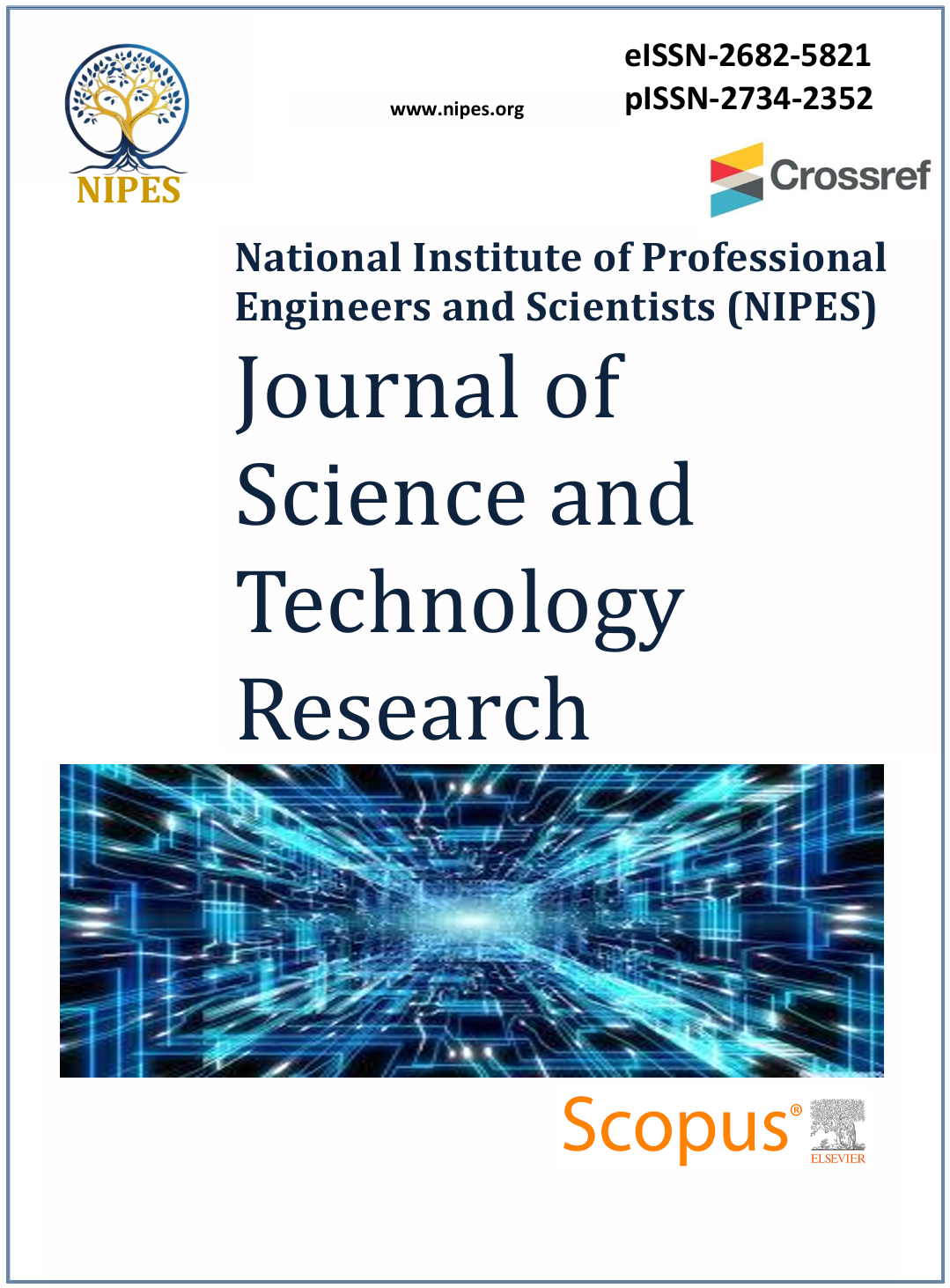Efficient Simultaneous Adsorptive Removal of Heavy Metals and Organics in Produced Water by a Novel Multi-functional Alginate Encapsulated Kaolin, -Plantain Pseudo-Stem and Snail Shell Composite Biochar
DOI:
https://doi.org/10.37933/nipes/7.2.2025.30Abstract
Produced water (PW) is a significant industrial wastewater effluent, particularly from the exploration and production of crude oil and natural gas. PW originates from formation water, injected water and naturally occurring water in the reservoir and contains several organic and inorganic (i.e. heavy metal) pollutants. A multi-functional biochar synthesised using kaolin, plantain pseudo stem (PPS), and snail shell (SS) was encapsulated into sodium alginate (Al-BC) for the co-sorption of Cr(total), Ba2+, BTEX (Benzenes, Toluene, and Ethylbenzenes), and phenol from produced water (PW). The Al-BC showed an abundance of functional groups and minerals, increased micropores and mesopores and enhanced mechanical structure which are essential for the adsorption of multiple pollutants. The Pseudo Second Order (PSO) and Elovich models were fit to the experimental data. Intraparticle diffusion showed that the diffusion was rate-controlling for Cr(total), Ba2+, BTEX and phenol. The application of a single-component isotherm model to PW suggests that the Sips isotherm best fits the adsorption data for all pollutants and further amplifies harmonious adsorptive properties. In addition, extended Sips, modified competitive Redlich Peterson, modified competitive Langmuir (MCL) and extended Langmuir (EL) models show a good fit of the experimental data for Cr (total), Ba2+, BTEX and phenol. Results of the maximum adsorption capacities based on the EL model are; 162.01, 228.90, 37 0.09 and 406.43 mg/g for Cr(total), Ba2+, BTEX and phenol respectively. Similarly, 331.99, 86.39. 5.54 and 27.15mg/g were obtained for Cr(total), Ba2+, BTEX and phenol using MCL isotherm. Furthermore, computed results of Gibbs free energy and change in enthalpy show that the process was spontaneously accompanied with the release of heat for Cr(total), Ba2+ and BTEX (at above 25 oC). On the contrary, the process was endothermic and spontaneous for phenol. Thus, the concentrations of the pollutants were reduced to values below the minimum allowed for discharge into surface water and further magnifies the significance of AL-BC as cheap, environmentally friendly and outstanding green adsorbent in the treatment and management of PW.






